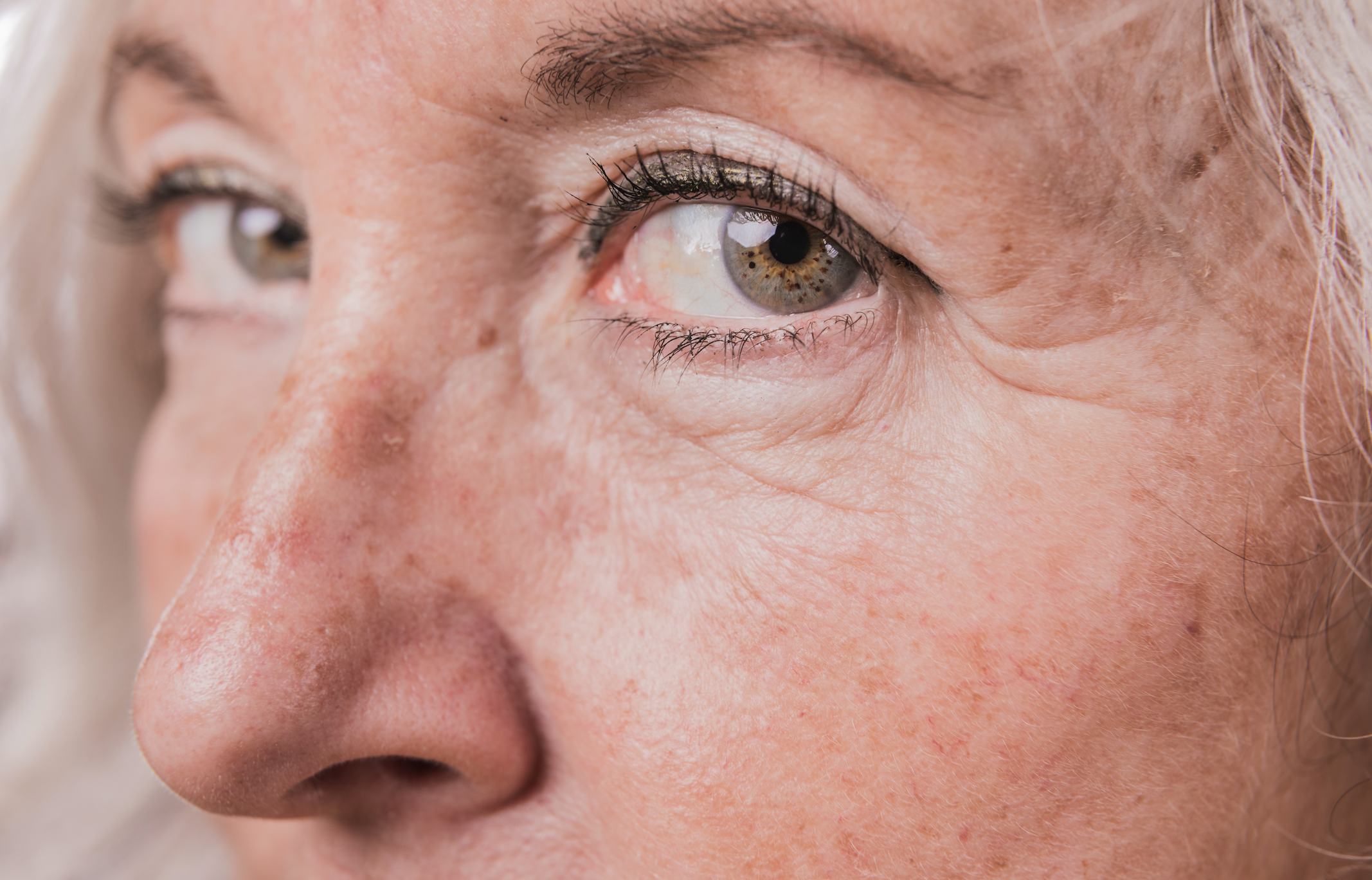As the saying goes, “aging is a privilege denied to many.” However, it’s also a privilege that doesn’t come without its own set of skin problems. One of the most common skin issues that people encounter as they age is the development of sunspots on the face. Sunspots, also called “age spots” are tiny, flat brown or black marks that typically develop on the face, hands, arms, and shoulders. Although these spots aren’t harmful, they can be unsightly and make you appear older than your age. In this blog post, we’ll talk about what causes sunspots, how you can prevent them, and how you can treat them.
What Causes Sunspots on the Face?
Sunspots are caused by years of sun exposure. They’re usually harmless and develop in response to prolonged exposure to harmful UVA/UVB rays from the sun. The more time you spend in the sun, the more likely you are to develop sunspots. In addition to sun exposure, people with fair skin, red hair, and green eyes are more at risk of developing sunspots than others. Hormonal changes, such as pregnancy, can also cause sunspots to appear.
Tips for Preventing Sunspots on Your Face
Fortunately, there are several things you can do to prevent sunspots from developing on your face. The most important one is to wear a broad-spectrum sunscreen with an SPF of at least 30. You should also avoid direct sunlight during peak hours (between 10 am and 4 pm), wear protective clothing (wide-brimmed hats, long-sleeved shirts, etc.), and seek out shade as much as possible. Additionally, you can use products containing vitamin C to help brighten your skin and reduce the appearance of discoloration.
Treating Sunspots on Your Face
If you’re already dealing with sunspots, don’t panic. There are plenty of ways to get rid of them. The most effective treatments include chemical peels, laser therapy, and cryotherapy. These procedures work by removing the damaged layer of skin, leaving a fresh, even complexion. Your dermatologist can recommend which treatment method is best for your particular needs based on your skin type and the severity of your sunspots.
How to Care for Your Skin After Sunspot Treatment
After undergoing sunspot treatment, you must take care of your skin to prevent further damage. Your dermatologist will give you detailed instructions, but in general, you should avoid direct sunlight as much as possible, apply a broad-spectrum sunscreen regularly, and moisturize your skin regularly to keep it hydrated and healthy.
A Word on Natural Remedies
There are a lot of natural remedies out there claiming to cure sunspots, but we advise against them. Mostly, these remedies aren’t as effective as standard treatments, and they can even make your skin more prone to sun damage. Some remedies, like lemon juice, for example, might cause more harm than good by causing painful skin irritations. It’s best to trust your dermatologist and follow their professional advice.
Sunspots on the face can be frustrating, but they’re a perfectly normal part of the aging process. The good news is that there are plenty of ways to prevent them from occurring and reduce their appearance if they do. Remember to wear sunscreen daily, avoid peak sunlight hours whenever you can, and seek professional advice from a licensed dermatologist. With the right precautionary measures and treatments, you can slow down the formation of sunspots and keep your skin looking fresh and radiant.

